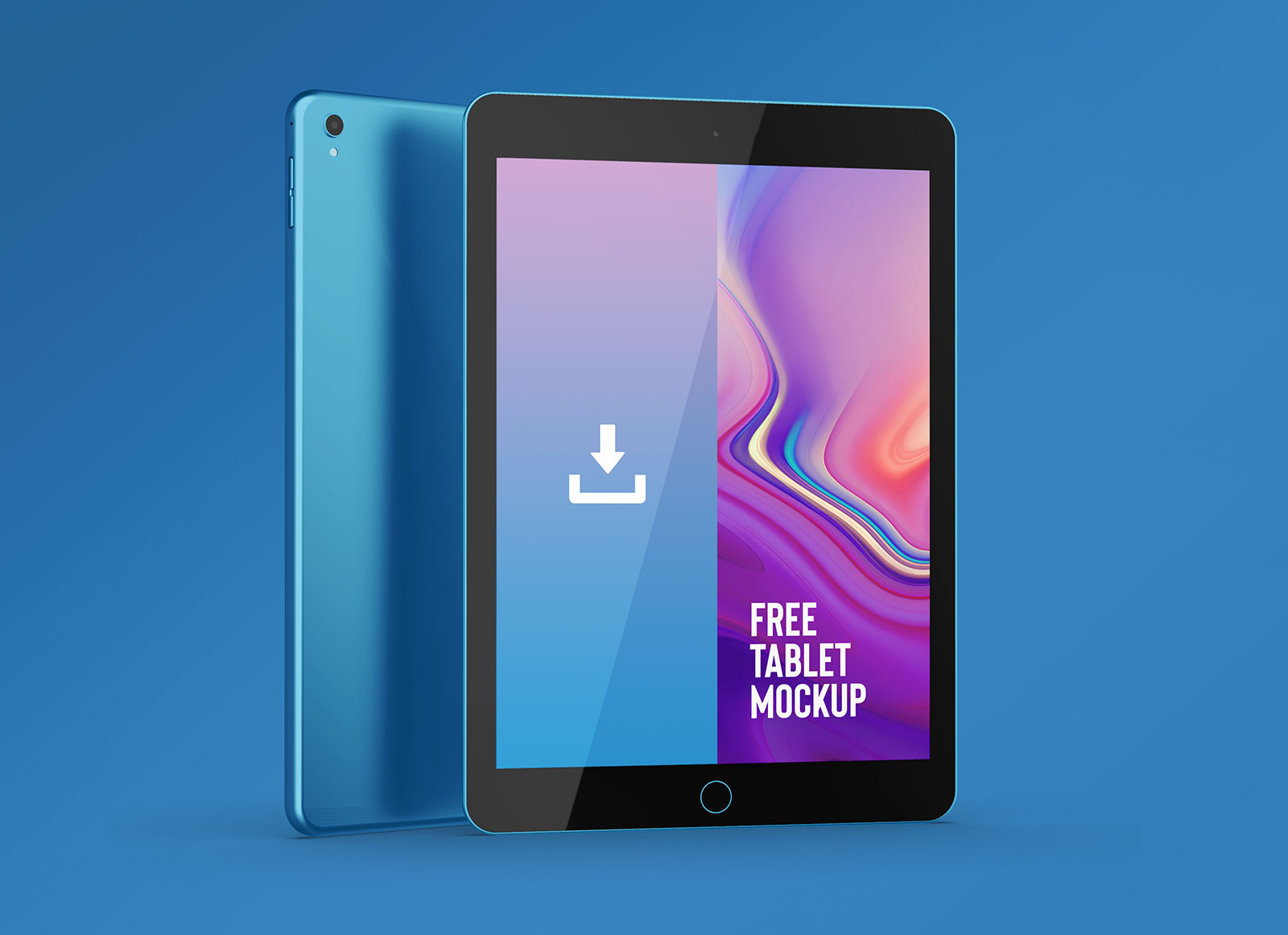
Understanding the Programs
Several organizations and companies offer free Android tablets to individuals in need. These programs often have specific criteria for eligibility, such as income level, family status, or other factors. Here are some of the most notable programs:
Gen Mobile Free Tablet Program
Eligibility Criteria:
Designed for families with limited financial resources, the Gen Mobile Free Tablet Program primarily focuses on single mothers who may need a tablet for educational purposes or to stay connected with family and friends.
Application Process:
To apply, visit the Gen Mobile website and fill out an application form. You will need to provide personal and financial information to determine eligibility. Once approved, you will receive instructions on how to pick up your tablet or have it delivered to your home.
Excess Telecom Free Tablet Program
Eligibility Criteria:
Excess Telecom offers free tablets to eligible individuals, focusing on those who cannot afford a device. The program aims to bridge the digital divide by providing essential technology tools.
Application Process:
Visit the Excess Telecom website and submit an application form. The process involves providing details about your income, family size, and other relevant information. Once reviewed and approved, you will be notified about the availability of a tablet.
Steps to Apply for a Free Android Tablet
While the specific steps may vary slightly depending on the program, here is a general outline of the process:
Research Available Programs
Start by researching the various programs that offer free Android tablets. Websites like HelpForFamilies.com provide detailed information about different initiatives and their eligibility criteria.
Check Eligibility Criteria
Each program has its own set of eligibility criteria. For example, some programs may require you to be a single mother or have a low income. Make sure you meet the criteria before applying.
Gather Required Documents
You will typically need to provide personal and financial documents as part of the application process. This may include identification documents like a driver's license or passport, proof of income (pay stubs or tax returns), and proof of residency (utility bills or lease agreements).
Fill Out the Application Form
Once you have gathered all the required documents, visit the website of the program you are applying for and fill out the application form. Be sure to provide accurate and complete information.
Submit Your Application
After filling out the form, submit it online or by mail (if specified). Make sure to keep a copy of your application for future reference.
Wait for Approval
After submitting your application, wait for it to be reviewed by the program administrators. This process can take several weeks or even months, depending on the program's workload.
Receive Your Tablet
Once your application is approved, you will receive instructions on how to pick up your tablet or have it delivered to your home. Some programs may require you to attend an orientation session or meet with a representative before receiving the device.
Tips for Increasing Your Chances of Approval
While there are no guarantees in the application process, here are some tips that can increase your chances of approval:
Ensure Accuracy in Application
Make sure all information provided in the application form is accurate and complete. Incomplete or incorrect information can lead to delays or even rejection of your application.
Provide All Required Documents
Ensure you have all the required documents ready before starting the application process. This will save time and reduce the likelihood of delays.
Follow Up
If you haven't heard back within a few weeks, it's a good idea to follow up with the program administrators to check on the status of your application.
Be Patient
The application process can be lengthy, so it's essential to be patient and not get discouraged if there are delays.
Understand Program Terms
Read and understand the terms and conditions of the program before applying. This includes any usage restrictions or requirements for maintaining eligibility.
Using Your Free Android Tablet
Once you receive your free Android tablet, here are some tips on how to get the most out of it:
Set Up Your Device
Start by setting up your device with a secure password and enabling any necessary security features like fingerprint or facial recognition.
Explore Available Apps
Familiarize yourself with the various apps available on your tablet. Many programs offer educational apps, productivity tools, and entertainment options.
Connect to Wi-Fi
Ensure your tablet is connected to a stable Wi-Fi network for optimal performance. Some programs may also offer data plans or internet access as part of their services.
Use Productivity Apps
Utilize productivity apps like Google Docs, Microsoft Office, or Evernote to stay organized and productive.
Access Educational Resources
If you received the tablet for educational purposes, explore educational apps and websites that offer free resources such as online courses, e-books, and educational games.
Stay Connected with Family and Friends
Use video conferencing apps like Zoom or Skype to stay connected with family and friends who live far away.
Monitor Usage
Be mindful of your data usage and monitor your tablet's performance regularly to ensure it continues to function optimally.
Getting a free Android tablet can be a life-changing experience, especially for those who cannot afford one otherwise. By understanding the various programs available and following the steps outlined in this guide, you can increase your chances of receiving a free tablet. Be patient during the application process and make the most out of your device once you receive it. Whether it's for educational purposes, staying connected with loved ones, or simply enjoying entertainment content, a free Android tablet can open up new opportunities and significantly improve your daily life.
